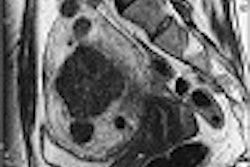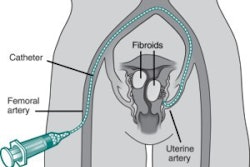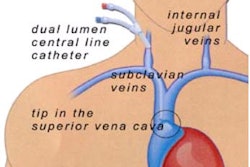Thieme, New York, 2003, $49
Venous Catheters: A Practical Manual is a comprehensive review written in a how-to format. This book makes ample use of photos, illustrations, and tables, and is well organized. Although there is some content overlap between chapters, the book allows the reader to select sections for a targeted review, without having to read the book from cover-to-cover.
Another strength of the book is the bold-type helpful hints that are distributed throughout. These are pearls of wisdom that practitioners have acquired through years of experience.
The book opens with a chapter on establishing and maintaining a successful vascular access service. The authors emphasize quality of service and complete care of the patient and catheter, including relying on expert recommendations, managing potential complications, and providing follow up care, not limited to the catheter placement.
Following a brief review of venous anatomy in the second chapter, the third chapter is a general overview of central venous access. After passages on the surgical scrub and proper procedural attire, patient preparation is discussed, including sedation, local anesthesia, as well as prepping and draping. Central venous puncture techniques using anatomic landmarks, ultrasound, and venography are reviewed, as well as catheter tunneling, and suggestions for difficulties that may occur during the procedure. Wound healing and suturing is also addressed.
The fourth chapter reviews the central venous access device best suited for the duration and frequency of the planned therapy. Separate chapters follow on peripherally inserted central access devices, centrally inserted tunneled access devices, and hemodialysis access.
Chapters eight through ten are selected topics related to central venous access. The pediatrics chapter includes a section on sedation, and also tips and techniques on handling adolescent patients. There is a chapter that discusses specific populations at increased risk for complications, including immunosuppressed or coagulopathic patients, or those who may undergo several central venous access procedures due to chronic illness. The chapter on alternative central venous access techniques covers translumbar IVC access, transhepatic catheter placement, and recanalization of an occluded vein.
The book finishes with chapters on diagnosing and managing catheter malfunction, caring for a central venous access device, catheter complications, and catheter removal. There is a separate chapter that provides an overview of central venous catheter infections.
Venous Catheters: A Practical Manual offers a nice balance between theory and technique. This book can also serve a starting point for the radiologist interested in initiating improving a vascular access service.
By Dr. Jonathan J. SudberryAuntMinnie.com contributing writer
July 22, 2003
Dr. Sudberry is a radiology resident at the University of Minnesota in Minneapolis. He is serving as chief resident for 2003-2004.
To purchase this book, click here.
If you are interested in reviewing a book, let us know at [email protected].
The opinions expressed in this review are those of the author, and do not necessarily reflect the views of AuntMinnie.com.
Copyright © 2003 AuntMinnie.com



















